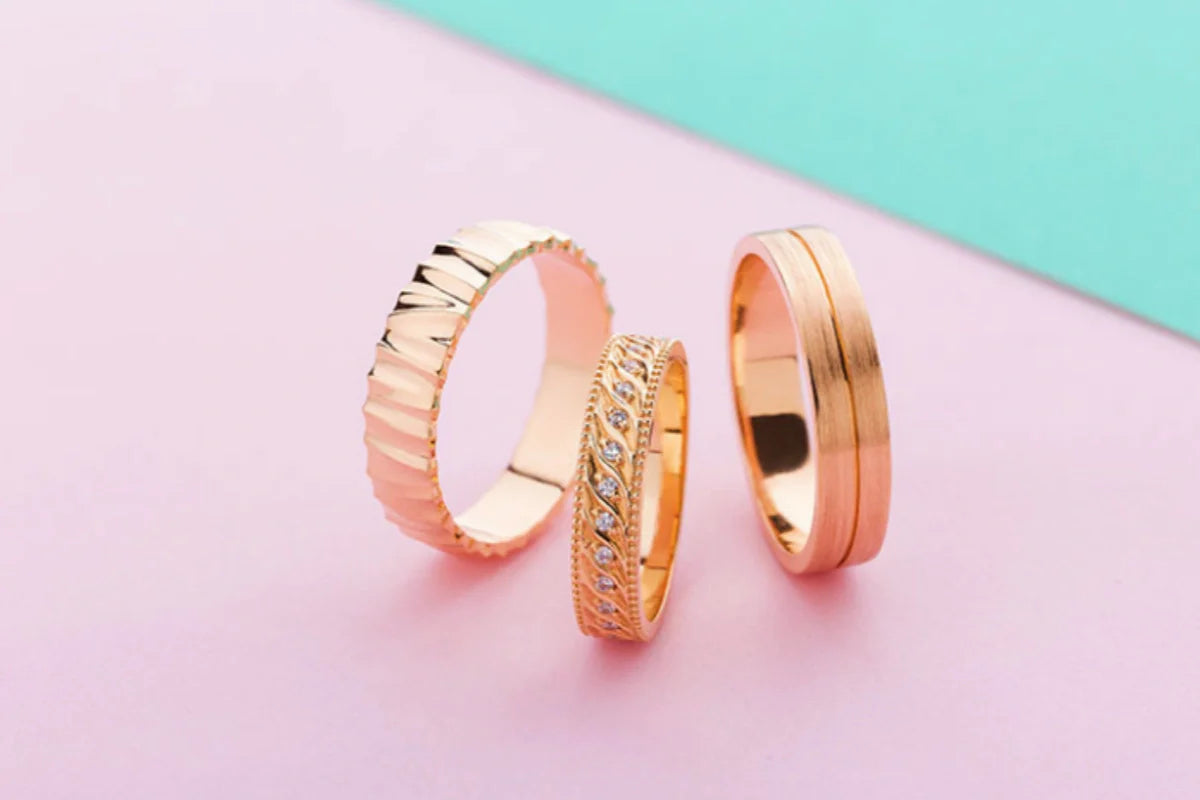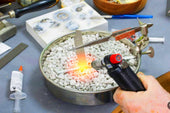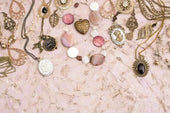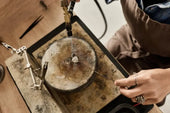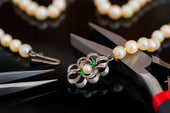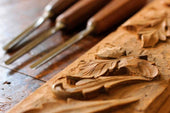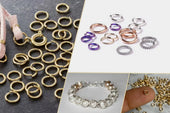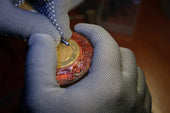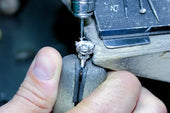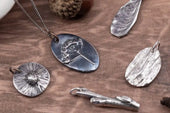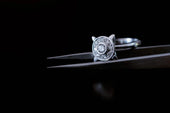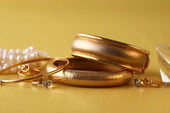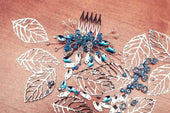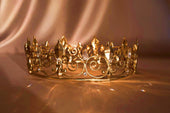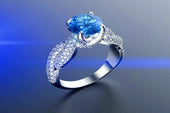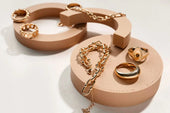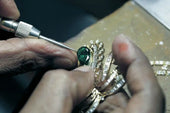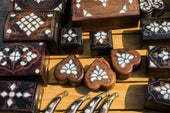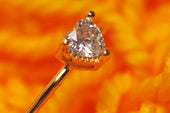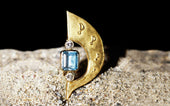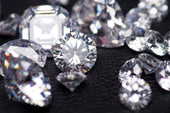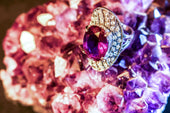Rose gold has captivated jewelry lovers and makers alike for generations. With its warm pinkish hue and vintage charm, it stands out as a romantic alternative to yellow or white gold. But what exactly is rose gold? Is it real gold? How is it made, and why is it so popular in both commercial jewelry and handmade creations? Whether you're a jewelry designer, metalsmith, or just curious about this elegant metal, this guide covers everything you need to know about rose gold, from its history and composition to practical tips for working with it in your own workshop.
A Brief History of Rose Gold
While rose gold has become trendy in recent decades, its origins date back centuries. Ancient civilizations like the Egyptians and Incas used various metal alloys for ornamental pieces, but it was in 19th-century Russia where rose gold as we know it gained popularity. Russian jeweler Peter Carl Fabergé famously incorporated rose gold in his elaborate Fabergé eggs, earning it the nickname “Russian gold.” Fast forward to the 1920s, Cartier's iconic Trinity Ring, which combined yellow, white, and rose gold, helped cement rose gold’s place in high-end jewelry design. Its soft, romantic color made it a favorite during the Art Deco era.
What Is Rose Gold?
Contrary to what some might believe, rose gold is not a naturally occurring metal. It’s an alloy, a mixture of pure gold and other metals, primarily copper, with small amounts of silver. The copper is what gives rose gold its distinct pinkish hue. Since pure gold (24K) is too soft for most jewelry applications, it's often alloyed to improve durability and change the color. Rose gold is considered “real gold” because it still contains a significant amount of pure gold, depending on the karat. The most common types used in jewelry are 18K, 14K, and 10K, each varying in their gold content and tone.
Composition and Color Variations
The exact shade of rose gold depends on the ratio of gold to copper and silver. An 18K rose gold alloy typically contains about 75% gold, 22.25% copper, and 2.75% silver. This results in a lighter, subtler pink tone. In contrast, 14K rose gold, which has about 58.5% gold and a higher percentage of copper, offers a deeper and warmer blush. Meanwhile, 10K rose gold contains less gold (around 41.7%) and more copper, making it the darkest and most affordable variant. These differences aren’t just aesthetic—they also affect how the metal behaves during jewelry fabrication, soldering, and polishing. Understanding the composition is crucial for makers who work with rose gold sheet, wire, or findings.

Key Characteristics and Benefits
One of rose gold’s standout features is its unique appearance. Its rosy tone complements a wide range of skin tones, making it universally flattering. Unlike white gold, which requires rhodium plating to maintain its silvery finish, rose gold retains its color naturally over time. The copper in rose gold also contributes to its durability, making it more resistant to scratching and denting compared to yellow gold. For artisans and DIY jewelry crafters, this durability means fewer concerns about surface damage during sawing, texturing, or hammering processes. Additionally, rose gold pairs beautifully with both warm and cool-colored gemstones, adding to its versatility in jewelry design.
Considerations and Drawbacks
Despite its advantages, rose gold isn’t without a few considerations. Because it contains copper, it may cause allergic reactions in individuals with copper sensitivity, although this is relatively rare. Also, while rose gold doesn’t tarnish like silver, it can deepen in color slightly over time due to copper oxidation. This patina effect is often seen as desirable by vintage jewelry lovers, but it might not appeal to everyone. Another minor drawback is that rose gold is less commonly stocked than yellow or white gold in some tool or material suppliers, especially in certain gauges or forms like bezel wire or soldering grain. Planning ahead is essential for professional makers working on tight production timelines.
How to Care for and Maintain Rose Gold Jewelry
Keeping rose gold jewelry looking its best is relatively simple. Regular cleaning with warm water, mild dish soap, and a soft brush will remove most dirt and oils. After cleaning, gently pat dry with a soft cloth. Avoid using harsh chemicals, including bleach or abrasive cleaners, as they can damage the surface. For those who wear rose gold daily, it’s a good idea to remove rings or bracelets before engaging in heavy manual work or using harsh cleaning products. Professional polishing once a year can help maintain the luster, especially for pieces that are heavily worn. If you’re a jeweler, advising clients on proper care adds value to your creations and builds trust in your craftsmanship.
Comparing Karat Grades in Rose Gold
When choosing rose gold for a piece, it's essential to consider the karat grade. 18K rose gold is richer in color and offers higher intrinsic value, but it's softer and slightly more expensive. 14K is a balanced option, durable, affordable, and rich in color, making it the most common choice in fine jewelry. 10K, with its higher copper content, is very durable and cost-effective but may appear less luxurious. For jewelers, especially those working with metal fabrication tools, the karat affects not only aesthetics but also how the metal behaves during processes like annealing, soldering, and finishing.
Final Thoughts
Rose gold is more than just a fleeting trend—it's a timeless metal that continues to enchant both wearers and makers. Its unique blend of color, strength, and versatility makes it a favorite among jewelers and DIY artists alike. Understanding its composition, behavior, and care requirements helps you make the most of this beautiful material, whether you’re designing a custom piece or simply learning how to work with different metals. With the right tools and techniques, rose gold opens the door to endless creative possibilities in jewelry making.

